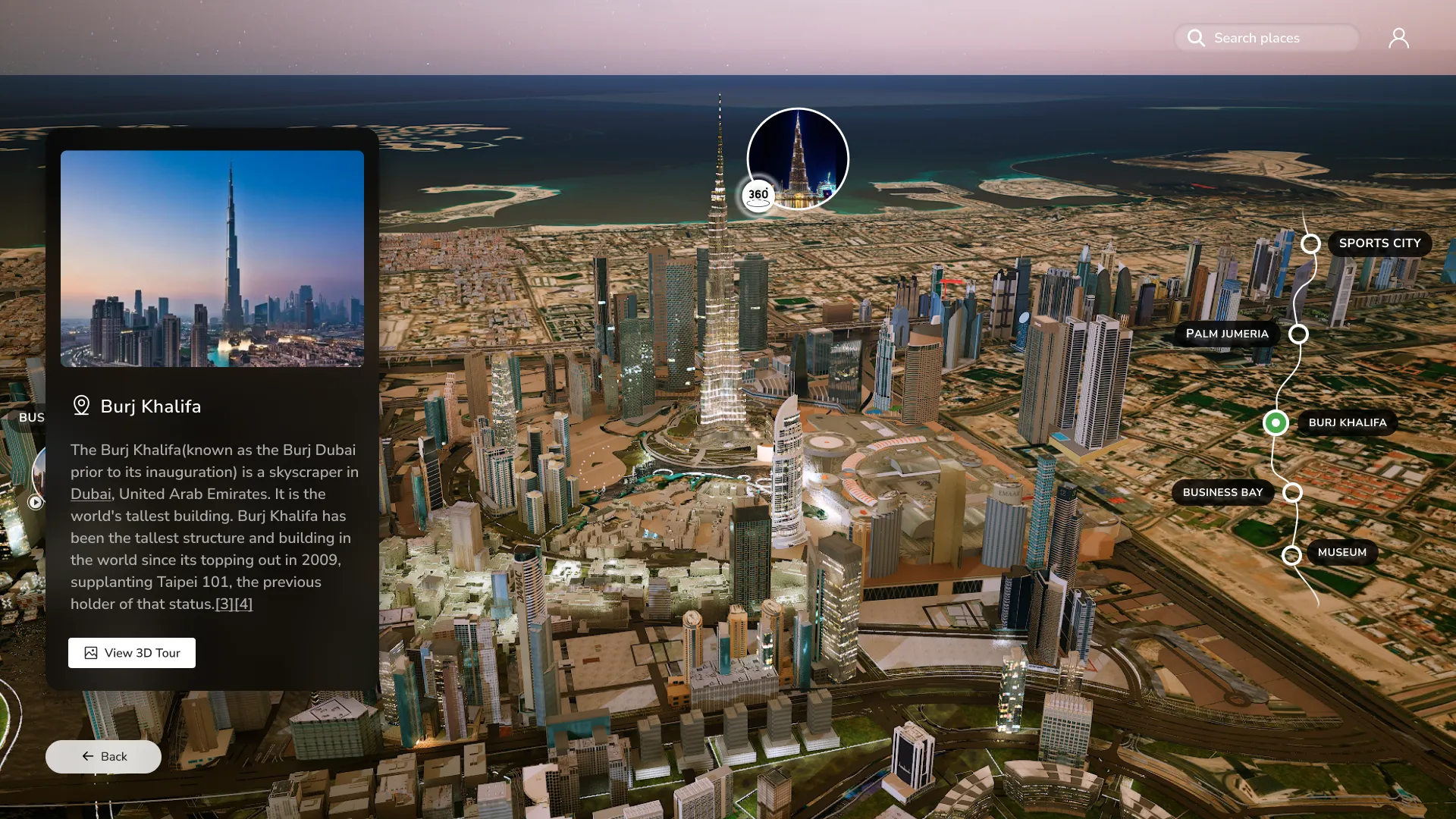Optimizing Destination Management with Digital Twin Integration
Introduction:
A destination management organization integrated Digital Twin technology to optimize destination management processes, aiming to enhance visitor experiences, promote sustainable tourism, and maximize economic impact.
Scenario Analysis
The destination faced challenges in managing visitor flow, optimizing resource allocation, and preserving natural and cultural heritage sites. Traditional destination management systems were manual and lacked real-time insights into visitor behavior and preferences.
Product Integration and Benefits
- Visitor Flow Analysis: Digital Twins analyzed real-time data on visitor movement, crowd density, and attraction popularity to optimize visitor flow and minimize congestion at key tourist sites, ensuring a seamless and enjoyable experience for visitors.
- Sustainable Tourism Planning: The technology facilitated sustainable tourism planning by providing insights into environmental impact, resource usage, and carrying capacity, enabling proactive measures to protect natural and cultural assets.
- Community Engagement: Digital Twins engaged local communities in destination management efforts by providing opportunities for feedback, participation, and collaboration in tourism development initiatives.

Conclusion
The integration of Digital Twin technology transformed destination management practices, resulting in improved visitor experiences, enhanced environmental sustainability, and increased economic benefits for the destination. This technological innovation positioned the destination as a model for sustainable tourism development and stewardship.